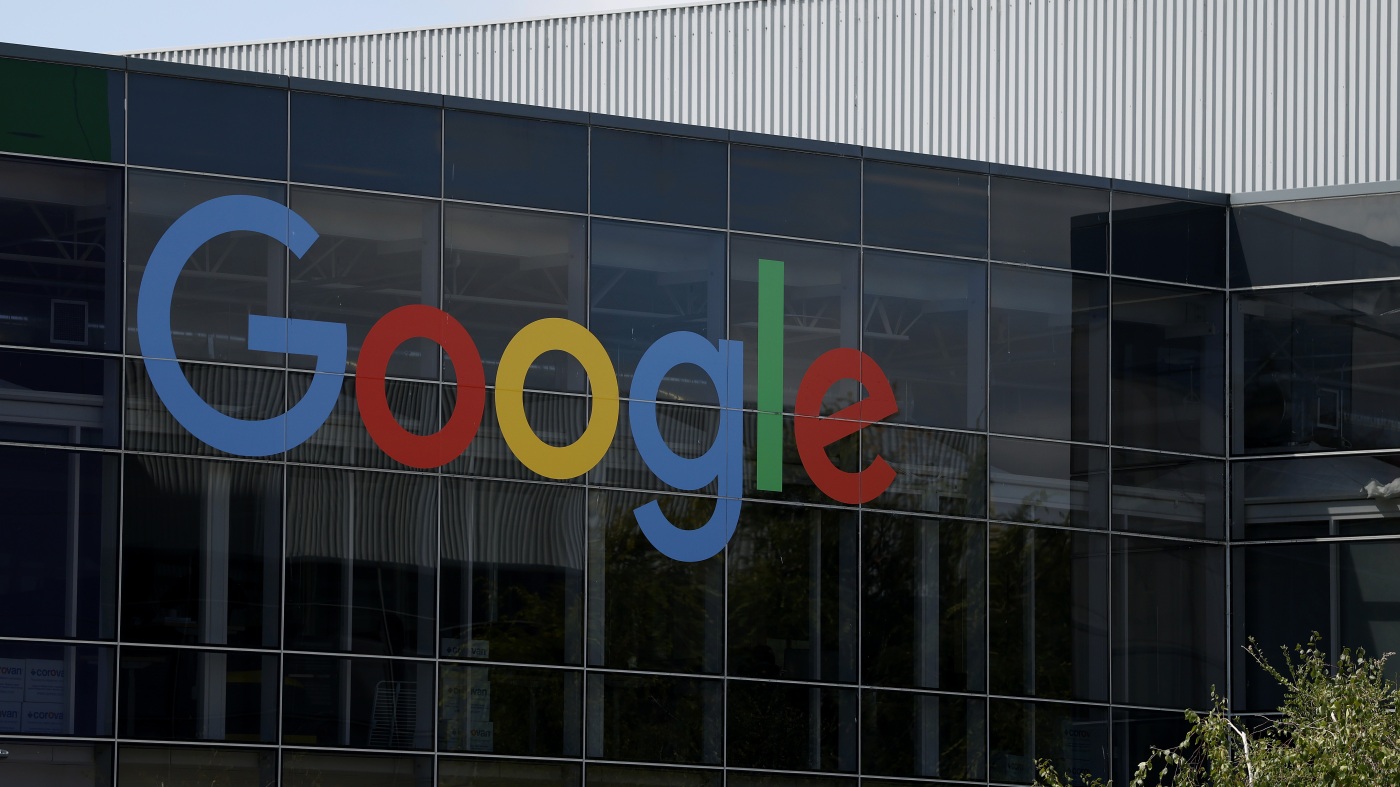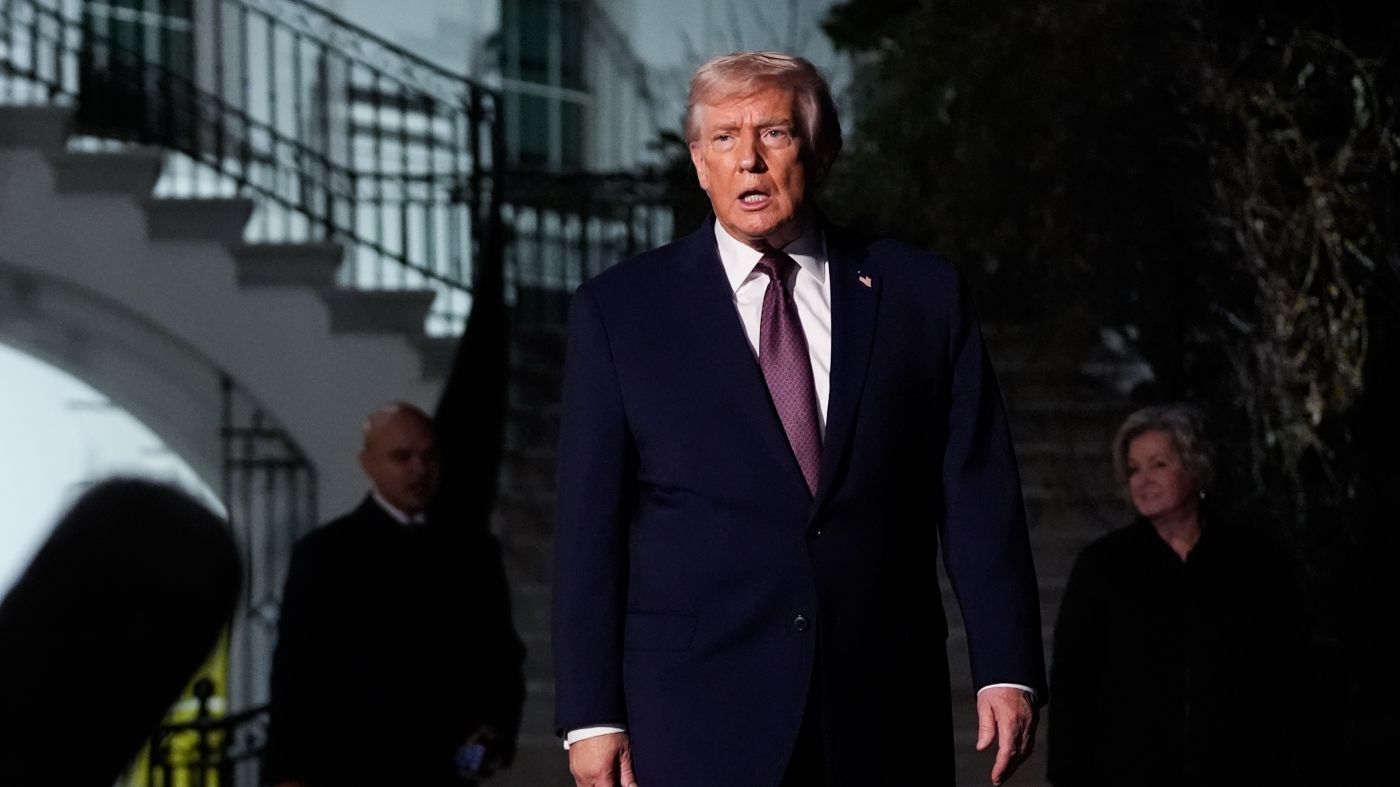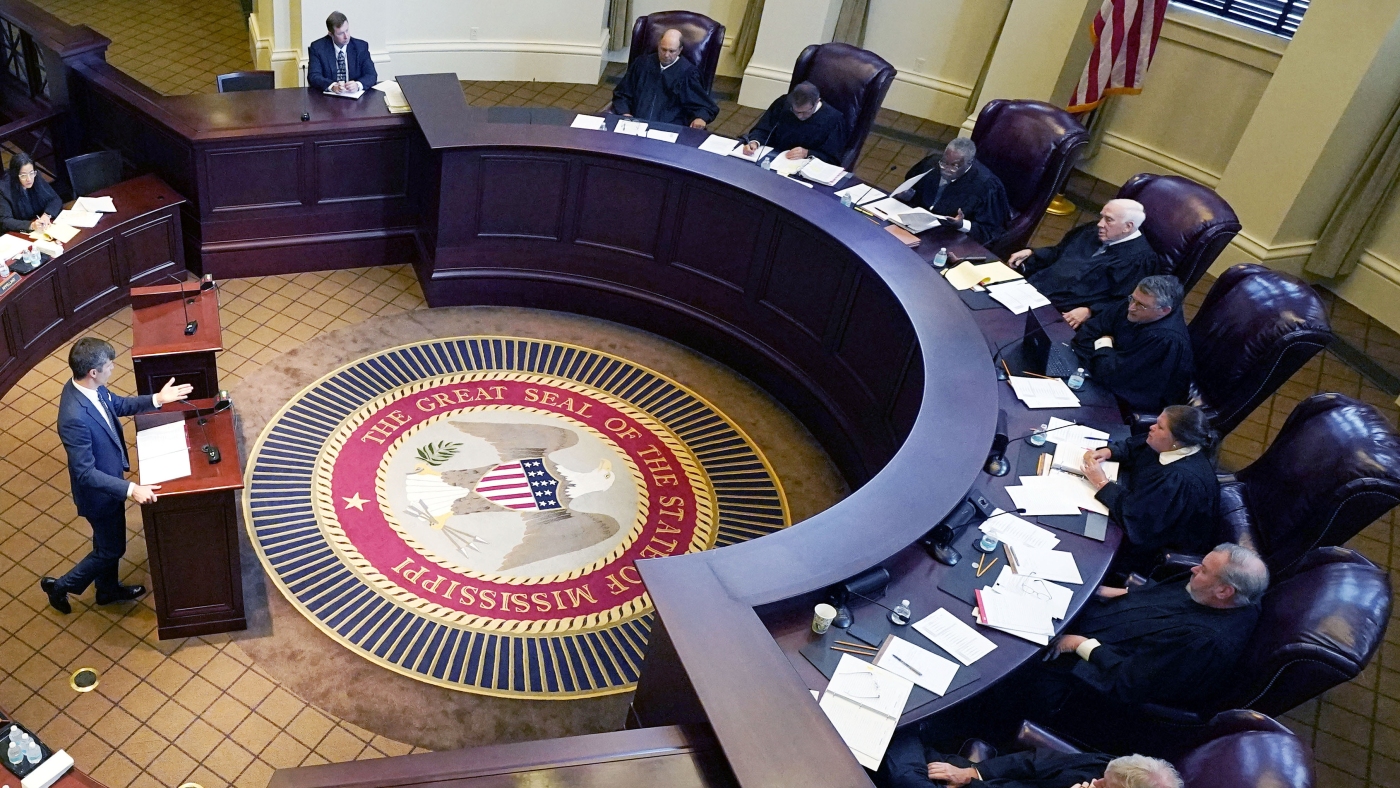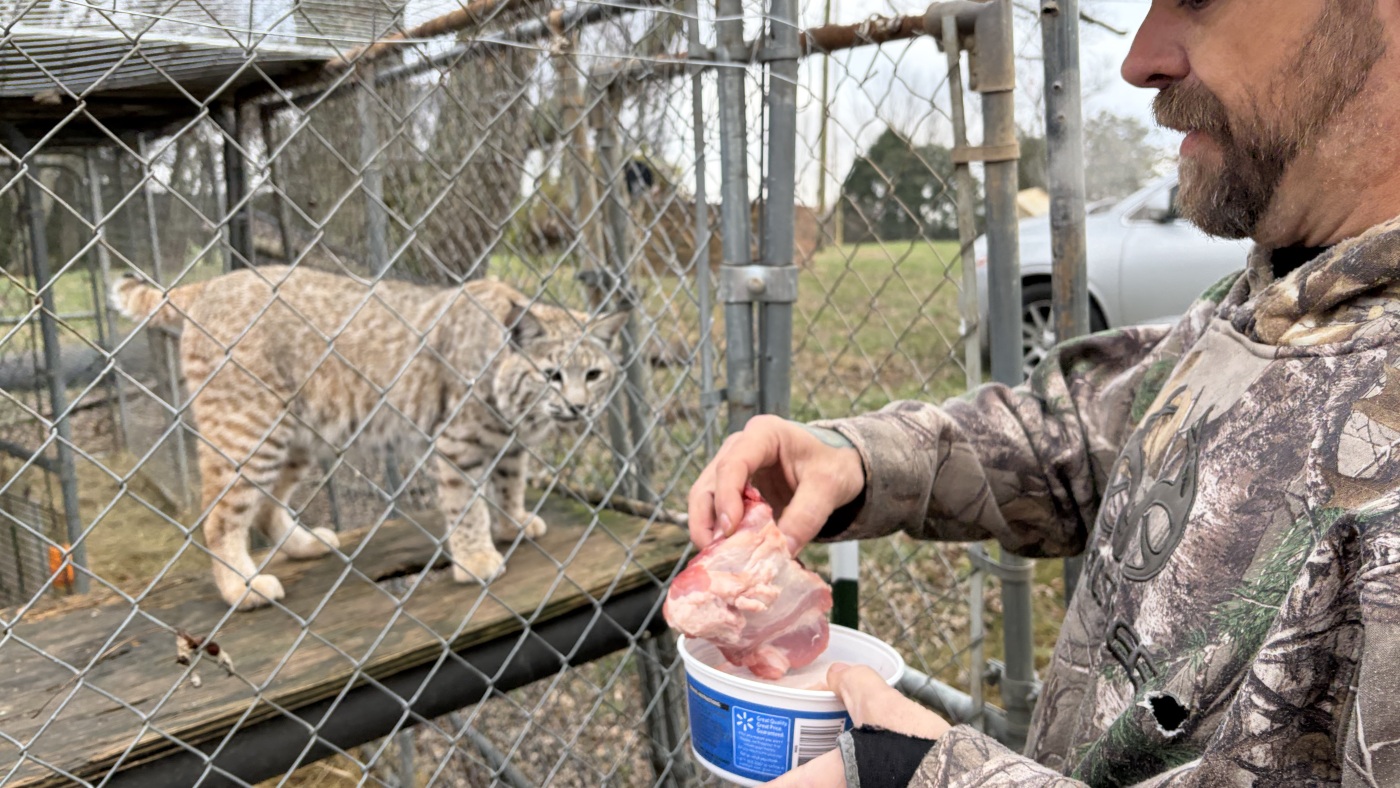
Japanese foreign minister Namoru Shigemitsu signs surrender terms as Allied officers look on Sept. 2, 1945 on USS Missouri moored in Tokyo Bay. HUM Images/Getty Images hide caption
toggle caption
HUM Images/Getty Images
It was — quite possibly — the worst day to make a mistake.
Sept. 2, 1945 was the day Japan formally surrendered to the Allies. It marked the official end of World War II.
The ceremony happened on the deck of an American battleship, the U.S.S. Missouri, moored in Tokyo Bay. Hundreds of people crowded the deck to watch or participate in the momentous occasion.
Among the signatories sent by each of the major Allied powers was a relatively low-ranking Canadian: Col. Lawrence Cosgrave, Canada's defense attaché to Australia at the time.
Cosgrave was the highest ranking Canadian military officer who could get to the ceremony in time, says Murray Brewster, a defense and foreign policy correspondent for the Canadian Broadcasting Corporation.
"I'm pretty sure that he was in awe of standing among so many high-ranking officers. I mean, ones whose names go down in history," Brewster recently told NPR.
Once the Japanese delegation boarded the Missouri, the proceedings began. The two groups of signatories stood on opposite sides of a table brought from the battleship's mess hall. On the table were two copies of the instrument of surrender: one for the Japanese and one for the Allies.
Once the Japanese representatives signed, it was time for the Allies to do the same.
The process went smoothly until it came time for Cosgrave to sign. When he sat down to put pen to paper, Cosgrave ended up signing his name on the wrong line.

United States Army Gen. Douglas MacArthur reads his speech to open the surrender ceremonies on board USS Missouri on Sept. 2, 1945. Allied representatives are behind him, including Col. Lawrence Cosgrave. U.S. Navy, Public domain, via Wikimedia Commons hide caption
toggle caption
U.S. Navy, Public domain, via Wikimedia Commons
"It had the potential at that moment of creating a bit of a diplomatic incident, because the Japanese, when they saw that not all of the signatures were in the appropriate place, suggested to General MacArthur's chief of staff that they wouldn't accept the document," Brewster said.
But the moment passed. Someone came up with a fix and the Japanese eventually relented.
The damage to Cosgrave's legacy, though, was done.
The New York Times noted Cosgrave's death in 1970 by writing that he "unintentionally delayed the conclusion of the armistice."
That Cosgrave was remembered largely for his mistake didn't seem right to Brewster. He poured through the records that remained of Cosgrave's life at the Canadian War Museum and first wrote about his findings for Legion Magazine.
Cosgrave was a veteran of World War I and had lost an eye many years before the surrender ceremony.
"He went into the first World War all full of patriotic zeal and the slaughter that he witnessed in some of the major battles that took place … deeply traumatized him and deeply affected him," Brewster said.
After the war, he served as a diplomat in East Asia. He traveled extensively in Tokyo and other Japanese cities during that time — cities he would later return to in 1945.
"Yokohama is the city of the dead, the dreadful effect of modern firebombing fusing glass, iron and household items into complete nothingness," Cosgrave wrote to a friend around the time of the surrender after witnessing the effects of Allied firebombing, according to Brewster.
Brewster says that Cosgrave was "probably overwhelmed … at the time of the signing because of the company he was in." He was surrounded by officers made famous by years of war.
Cosgrave's story also comes with a lesson: don't be so quick to judge, Brewster says.
"We live in an age right now where there are instantaneous judgments about people and about their character," he says. "(Cosgrave is) known to history as the man who signed on the wrong line. But his life was so much more than that."

 3 months ago
67
3 months ago
67



















































